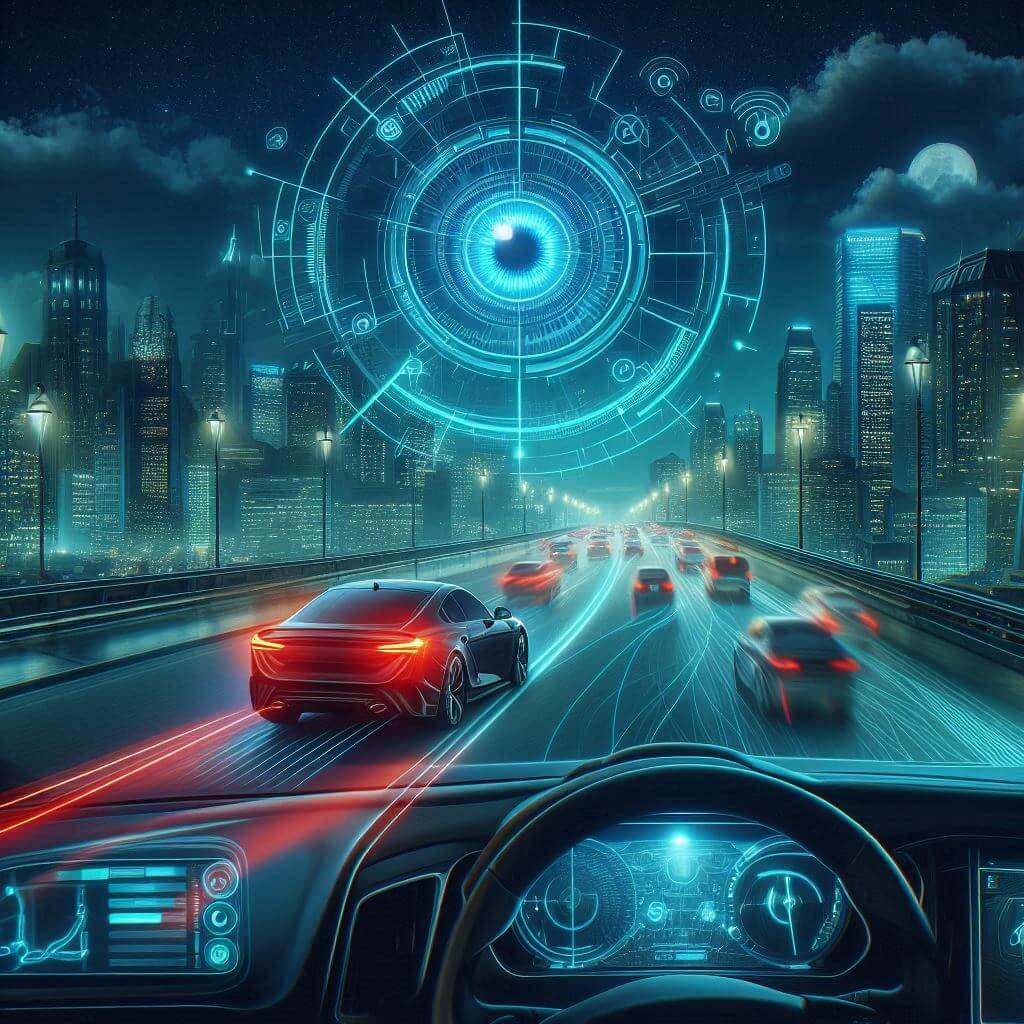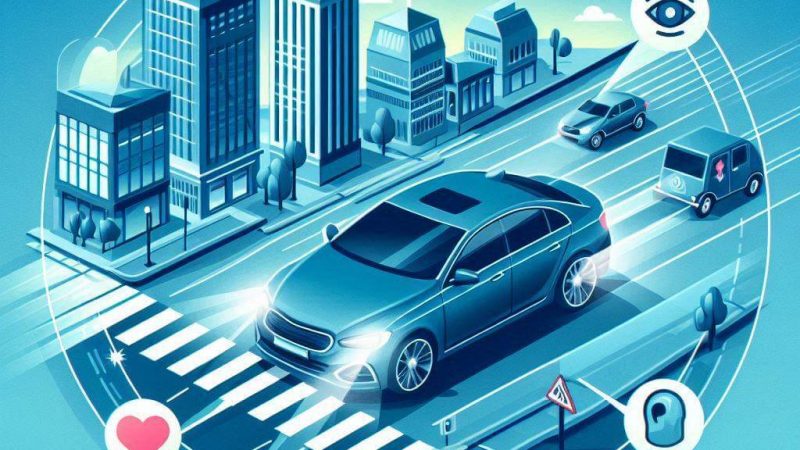Night Vision Tech: Driving Safely in Darkness Like Never Before

As the sun dips below the horizon and darkness envelops the landscape, a new world emerges—one shaped by shadows and interspersed with flickering lights. For many, nighttime driving can evoke a sense of unease, with reduced visibility challenging even the most experienced drivers. However, modern advancements in night vision technology are transforming the way we navigate through the dark, ensuring that safety and confidence are the new norms on nocturnal roads.
Contents
Understanding Night Vision Technology
Night vision technology allows users to see in conditions of low light or darkness by amplifying available light, including infrared light. This technology has evolved significantly since its inception in military applications and is now accessible to civilian drivers. There are two primary types of night vision systems utilized in vehicles:
- Image Intensification: This system works by capturing available light, such as moonlight and starlight, and intensifying it to create a brighter image. It typically gives a greenish hue to the surroundings and is ideal for low-light environments.
- Thermal Imaging: This technology detects the heat emitted by objects instead of relying on visible light. It transforms thermal energy into images, allowing drivers to see heat signatures, such as pedestrians, animals, or other vehicles, even in complete darkness.
The Benefits of Night Vision Technology in Vehicles
Enhanced Visibility
Traditional headlights illuminate only a small portion of the road ahead, often causing drivers to miss potential dangers off to the sides or further down the road. Night vision systems expand visibility, enabling drivers to spot obstacles lurking beyond the reach of their headlights.
Detection of Hazards
Animals frequently wander onto roadways at night, creating hazardous situations. Night vision technology enhances the visibility of these creatures, allowing drivers to react swiftly and avoid collisions. Applications of this technology significantly reduce the likelihood of accidents caused by wildlife encounters.
Improved Reaction Times
With clearer visibility comes better reaction times. Drivers equipped with night vision systems can detect potential hazards ahead of time, giving them the critical seconds needed to respond effectively—whether by slowing down, steering away, or preparing to stop entirely.
Integration with Advanced Driver-Assistance Systems (ADAS)
Many contemporary vehicles come equipped with Advanced Driver-Assistance Systems (ADAS) that use a combination of sensors, cameras, and technologies to aid drivers in various situations. Night vision technology can seamlessly integrate with these systems, providing even greater safety enhancements.
For example, collision avoidance systems can be linked with thermal imaging, alerting drivers to heat signatures that suggest movement across the roadway. Lane-keeping assist features can also benefit from improved nighttime visibility, guiding the vehicle safely within lane markings that might be obscured in the dark.
Regulatory Considerations and Standards
Although night vision technology is making headway into consumer vehicles, there are still regulations governing its implementation. Governments and automotive safety organizations continuously evaluate these technologies to ensure they meet strict safety standards.
For instance, in the United States, the National Highway Traffic Safety Administration (NHTSA) monitors the use of night vision systems, ensuring that they enhance safety without causing distractions or impairments to drivers. As these technologies become more prevalent, we can expect further standards and guidelines to emerge, promoting their safe use.
Cost and Accessibility
The integration of night vision technology in vehicles comes with a price tag. While luxury car manufacturers have already adopted such systems, the costs often remain exorbitant, making them less accessible for the everyday driver. However, as demand grows and technology advances, we can anticipate a decrease in prices and broader availability of night vision features across various vehicle classes.
Furthermore, aftermarket solutions are also becoming increasingly popular, offering eager drivers a chance to equip their cars with night vision capabilities. These options range from portable handheld devices to advanced rearview mirrors with built-in night vision.
Future Innovations
As technology continues to evolve, the future of night vision in passenger vehicles looks promising. Combining night vision capabilities with artificial intelligence (AI) could lead to systems capable of recognizing and interpreting road conditions, identifying potential hazards, and making real-time driving decisions.
Moreover, advancements in augmented reality (AR) hold the potential to overlay critical information onto the driver’s field of vision. For example, important alerts, navigation prompts, or highlighted hazards could be displayed directly on the windshield, creating a more intuitive driving experience under moonlight or starlight.
Driving at night presents unique challenges, but with the advent of night vision technology, we can approach these challenges with confidence. By improving visibility, enhancing hazard detection, and seamlessly integrating with existing safety systems, night vision technology is paving the way for safer nighttime travel.
As we look to the future, it’s essential to remain informed about advancements in this field. Continued investments in research and development will drive innovation, making night vision systems more accessible and effective for all drivers. Embracing this technology can help create a world where nighttime driving is as safe and secure as daytime journeys—allowing us to explore and traverse the darkness like never before. So, whether you’re embarking on a late-night adventure or navigating city streets after sunset, remember that the future of driving in darkness is bright, thanks to night vision technology.


